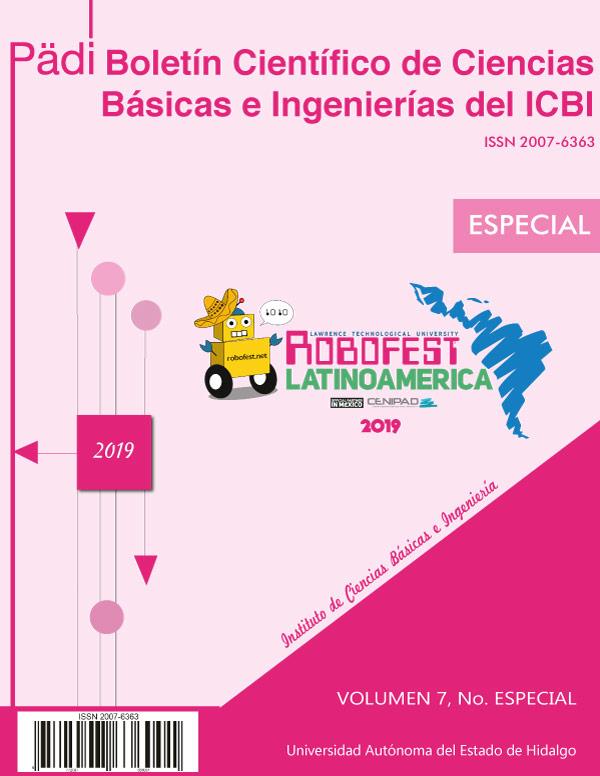System for motor evaluation in upper limbs (hands) of pediatrics using low cost technologies.
Abstract
The need to satisfy shortcomings related to the integration
of low-cost technological tools for process optimization has be-
come more evident through the time. This research project pro-
poses a solution to the problem faced by health institutions, and
in a very particular way the rehabilitation area, since specialists
demand an automated process to speed up the assessment and
evaluation of patients suffering from a motor disability. , and
thus have a better control and disposition of this information.
The first step is to develop a system based on the Electronic Cli-
nical File Standard (ECFS) that allows performing various tasks
ranging from the registration, modification and consultation of
information of staff and patients to the reports generation. The
second step consists in integrating a motor evaluation section
to the ECE, which uses data gloves, which were designed and
developed to capture movement information (position and ve-
locity) in real time, visualized by the specialist through a user
interface. The information is stored in a database that was de-
signed so that the system has the ability to generate reports, ran-
ging from a simple medical prescription to information changes
made by specialists and patients depending on each case. There-
fore, the system is aimed at two types of users; an administrator
and the specialist, where each of them can perform various tasks
depending on their role. The design methodology is DCU (User
Centered Design) and the architecture pattern is MVC (Model
View Controller). Finally, for the pilot tests, several techniques
used in a usability test were considered, such as: heuristic eva-
luation, speaking aloud, performance measures, post-test (SUS
(System Usability Scale)) and observation, obtaining favorable
results based on the criteria of the users who evaluated the sys-
tem.
Downloads
References
Bass, L., Kazman, R., 2003. Addision Wesley.
Broke, J., 1996. Sus-a quick and dirty usability scale. sability evaluation in industry., 189–194.
D. Jack, B. Rares, e. a., 2001. Virtual reality-enhanced stroke rehabilitation. Transactions on Neural Systems and Rehabilitation Engineering 9, 308–318. DOI: 10.1109/7333.948460
F. Cutolo, C. Mancinelli, e. a., 2009. A sensorized glove for hand rehabilitation. Bioengineering Conference, 35th Annual Northeast 1, 1–2. DOI: 10.1109/NEBC.2009.4967775
M. Bouzit, G. P., 2002. The rutgers master ii-nd force feedback glove. Proceedings of IEEE VR 2002 Haptics Symposium 10, 1–8.
Martínez, A., 2018. Universidad Autónoma de México, México.
S. Pabon, E. Sotgiu, e. a., 2007. A data-glove with vibro-tactile stimulators for virtual social interaction and rehabilitation. 10th Annual International Workshop on Presence 1, 345–348.














